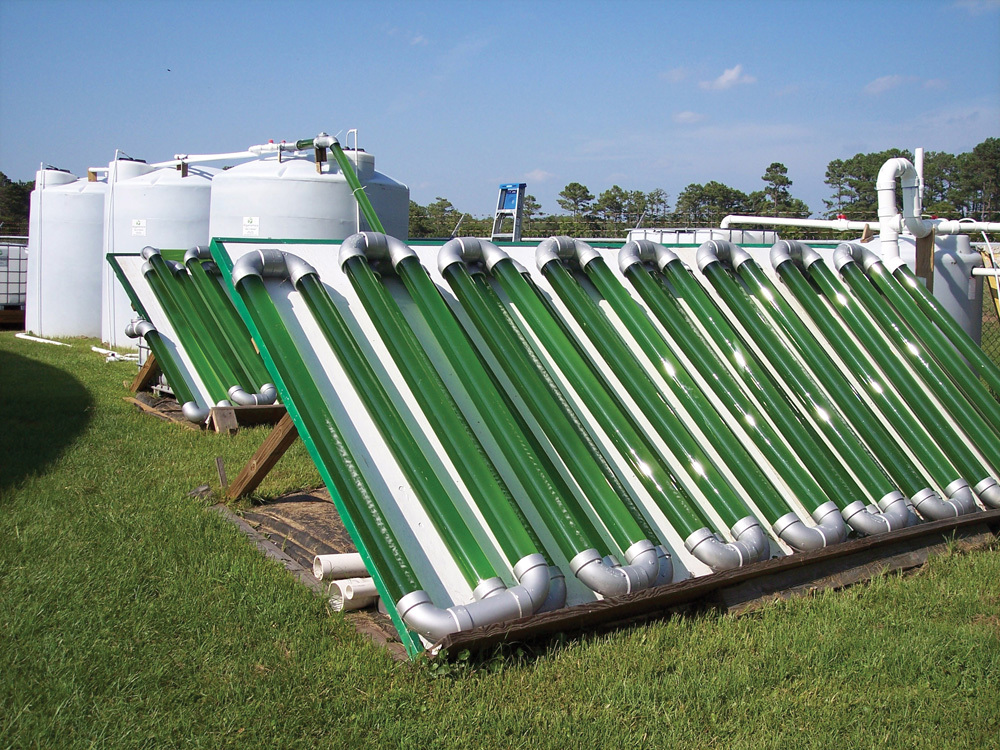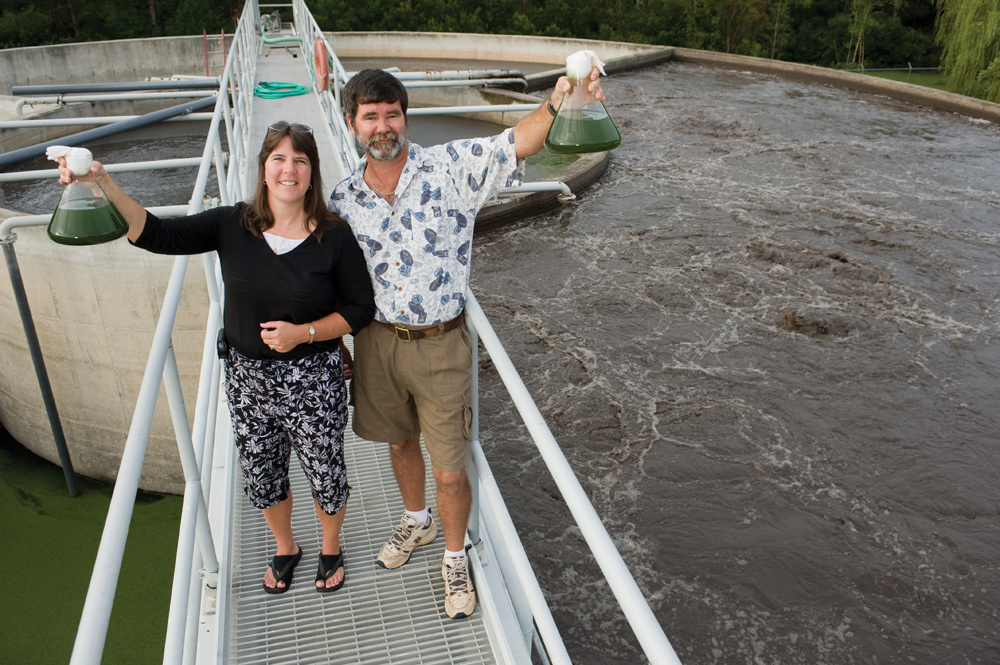Why Every State Needs an Alganomical Approach



PHOTOS: ALGANOMICS
June 14, 2011
BY Luke Geiver
For all of the well-funded algae development firms rushing to commercialization, there are also companies led by the likes of Kim Jones. As the founder of Alganomics, Jones and her husband aren’t focused on global scale-up; they just want to make an impact in North Carolina through their work with algae. “There is a greater interest in algae right now than there ever has been,” Jones says. And she should know, after spending much of her academic career researching algae strains for uses that range from tumor treatments to environmental remediation.
Jones is an example of why one could argue that the algae growth curve is going nowhere but up. Although she teaches at a community college in the chemistry and biology departments, Jones felt that some of her ideas on algae were worth pursuing, so she started her algae venture. For the past two years, Alganomics has been located at the Oak Island Waste Water facility where Jones has plans to turn the area into a renewable energy park. The facility already reuses the recycled water from the plant to water several baseball and football fields nearby, but Jones is looking to add her originally designed algae photobioreactors to the site in some way. She is still in the research and development stage but her ongoing work with strain selection and culture growth can prove important to the overall growth of the industry.
Jones, with the help of her husband’s engineering skills, has designed a trailer-mounted technology that she plans to employ at a local lake. Using her equipment, the state plans to remove unwanted algae from the water. “They could care less what we do with the algae,” she says. “They just need to get the algae out of the lake as well as the nutrients. They can kill the algae, but the nutrients will just go back into the lake and then the lake will just have another algae bloom.”
The technology is based on current processes already being used at wastewater facilities, she says, and all the algal strains Alganomics works with are wild and found in the area. “We are looking at how different strains work together,” she says, and so far she has found that when combining different strains into the same culture she can avoid major culture crashes.
Advertisement
Advertisement
In addition to algal biomass-to-power research, environmental remediation work at a local lake and mass culture research, Jones is also looking to work at several of the hog farm lagoons in the state. “We would be using the hog lagoon waste and all those nutrients we are trying to keep out of our natural water to cultivate the algae.”
While Jones and her small team may not be ready to go commercial with any of their technologies yet, there is no doubt the role companies such as Alganomics play in the sector. How can the industry not grow if every state has its own version of the Jones’ catering to local needs through their innovative approaches with algae? “There isn’t a specific business model that we are looking at,” she says. “We are trying to be a bit opportunistic and looking at what the needs are.”
Advertisement
Advertisement
Upcoming Events





